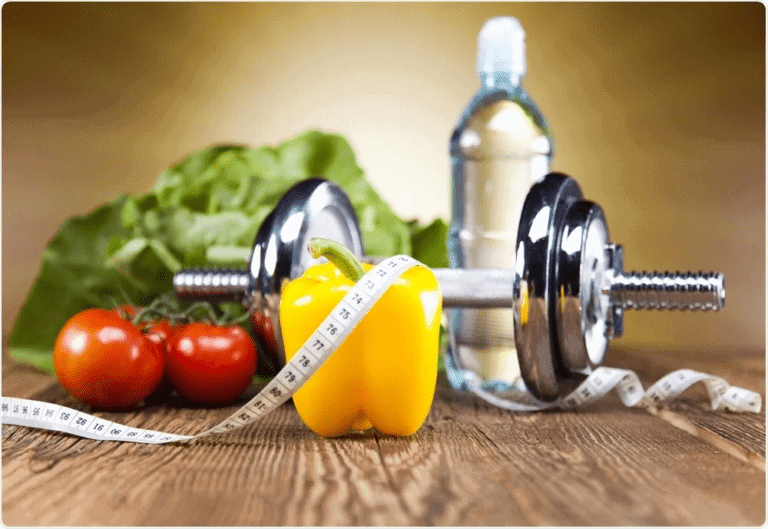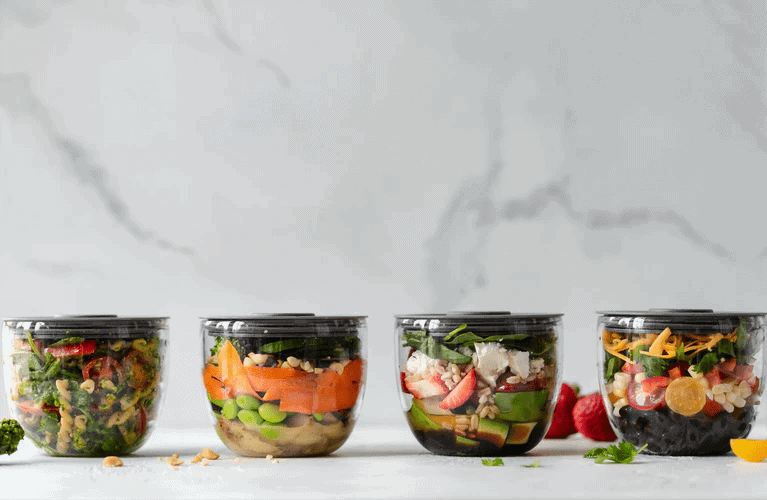
Bianca Koper
(Bachelor of Sport and Recreation, Sport and Exercise Science)
Note — The article was checked and updated July 2023.
First, let’s start with the basics (if you are an omnivore and you eat vegetables, fruits, fungi, dairy and meat) and read more on what The Healthy Plate Model: Essentials of Healthy Eating is all about.
Now, back to our topic of the day.
To create and prepare a successful diet you first need to quantify and decide on your goals. Ratio of micronutrients and macronutrients will be different if your aim is to lose weight, build muscle or increase your stamina and endurance.
What if I told you that there was a way you could create the perfect diet for yourself? It would make you feel good, fuel your training sessions and the best part of it is that it would include foods that you already like to eat.

To find out what works for you, the best way is to listen to your body and track all responses. When it comes to dietary or nutritional advice, each individual has a unique set of nutritional demands, making it very personalised to YOU.
What sport or exercise do you do?
To build your diet, you need to know exactly what you are achieving day to day as this will change the type and amount of food that you eat.
RELATED — 3 Foods that will naturally enhance our sports performance
Our body draws energy from two main sources, which are carbohydrates and fats. When ingested, carbohydrates are stored in the liver and muscles, turning from glucose into glycogen.
RELATED — Diet and Performance: High-Carb or Ketogenic Diet?
Glycogen is used as fuel during a workout where exercises are short in duration, but high in intensity. An easy test to understand which exercises mainly use carbs, is to see whether they demand immediate, powerful engagement of a muscle.[1]
For example, weightlifting, HIIT and sprints, where skeletal muscle energy is important.
If the exercise is more endurance based, fat is also considered as a fuel source. However, due to the complexity of a fat molecule, it is less readily available as fuel than carbohydrates.

As prolonged exercise allows a high oxygen intake, it requires a greater breakdown of fats to become an energy source.[1]
What is your current food intake?
Start with what you are currently eating and assess it.
When you know what you are currently putting into your body, you can see what’s working for you and what needs improvement. For example, how much of your plate is filled with carbs, fats or protein?
Does your plate look colourful and vibrant or is it a batch of browns? Are your foods coming from the ground (wholefoods) or are they factory processed?
Choose small but powerful changes to your diet
Choose several small areas to start with.
The biggest one I would recommend changing is the quality of your food.
Make sure that you are eating wholefoods that will truly fuel the way you wish to perform.

From there, you can play with different macronutrient ratios and see what feels and works best for you.
Tip: If you can’t pronounce the ingredients or if the ingredients list is more than three to four lines long, it’s best to move on.
Track and make changes to your diet (continuously)
With the knowledge about your sport, activity level, current diet and goals in place, it’s time to make those changes and track your progress.
1. I would recommend downloading a fitness tracking app such as MyFitnessPal, Fitbit or Cronometer. This will give you an easy platform to record what you have eaten during the day.
If seeing the numbers has a negative effect on you, try using a notebook where focus is purely on food.
2. Before, during and after a meal, write down a brief note of how your body feels. Any cue is vital information about how that meal fueled you. Listen to it and write it down. We are fuelling your body for a successful performance, therefore, it is important to track how each session goes.
3. At the end of the day, evaluate your entries and see what you can change for tomorrow.
Remember:
If you haven’t already, please speak to your GP about your concerns to rule out any serious issues that may contribute to the symptoms you are experiencing. Also, ask for an appointment with a Dietitian who can safely guide you through dietary changes.
References
(1) Hargreaves, M., & Spriet, L. L. (2020). Skeletal muscle energy metabolism during exercise. Nature Metabolism, 2(9), 817-828.






